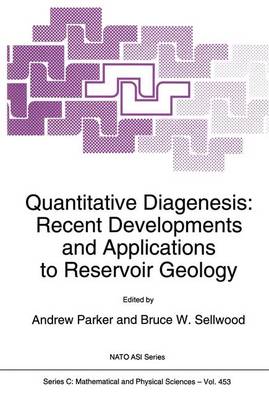NATO Science Series C
1 primary work
Book 453
Quantitative Diagenesis: Recent Developments and Applications to Reservoir Geology
Published 31 January 1995
Reservoirs generally consist of sandstones or carbonates exhibiting heterogeneities caused by a wide range of factors. Some of these formed depositionally (e.g. as channels, palaeosols, clay seams or salts), others may be diagenetic in origin (e.g. carbonate or silica cemented zones, authigenic clays, karstic surfaces). The severity with which diagenesis affects rock systems results from the interplay between the diagenetic process itself and the timescale over which it operated.
The book provides a wide-ranging overview of diagenetic processes and responses in calcareous, argillaceous, arenaceous and carbon-rich (microbial and organic) sedimentary systems. It introduces diagenetic concepts, reviews existing knowledge, and shows how existing qualitative approaches might be developed in more quantitative ways. Several chapters consider mass balance calculations and the temporal and spatial aspects of diagenetic processes. It is unique, as a textbook, in providing such a breadth of diagenetic subject range and such depth of coverage in each topic. It provides a source reference for advanced students and professionals active in reservoir and aquifer studies.
The book provides a wide-ranging overview of diagenetic processes and responses in calcareous, argillaceous, arenaceous and carbon-rich (microbial and organic) sedimentary systems. It introduces diagenetic concepts, reviews existing knowledge, and shows how existing qualitative approaches might be developed in more quantitative ways. Several chapters consider mass balance calculations and the temporal and spatial aspects of diagenetic processes. It is unique, as a textbook, in providing such a breadth of diagenetic subject range and such depth of coverage in each topic. It provides a source reference for advanced students and professionals active in reservoir and aquifer studies.
